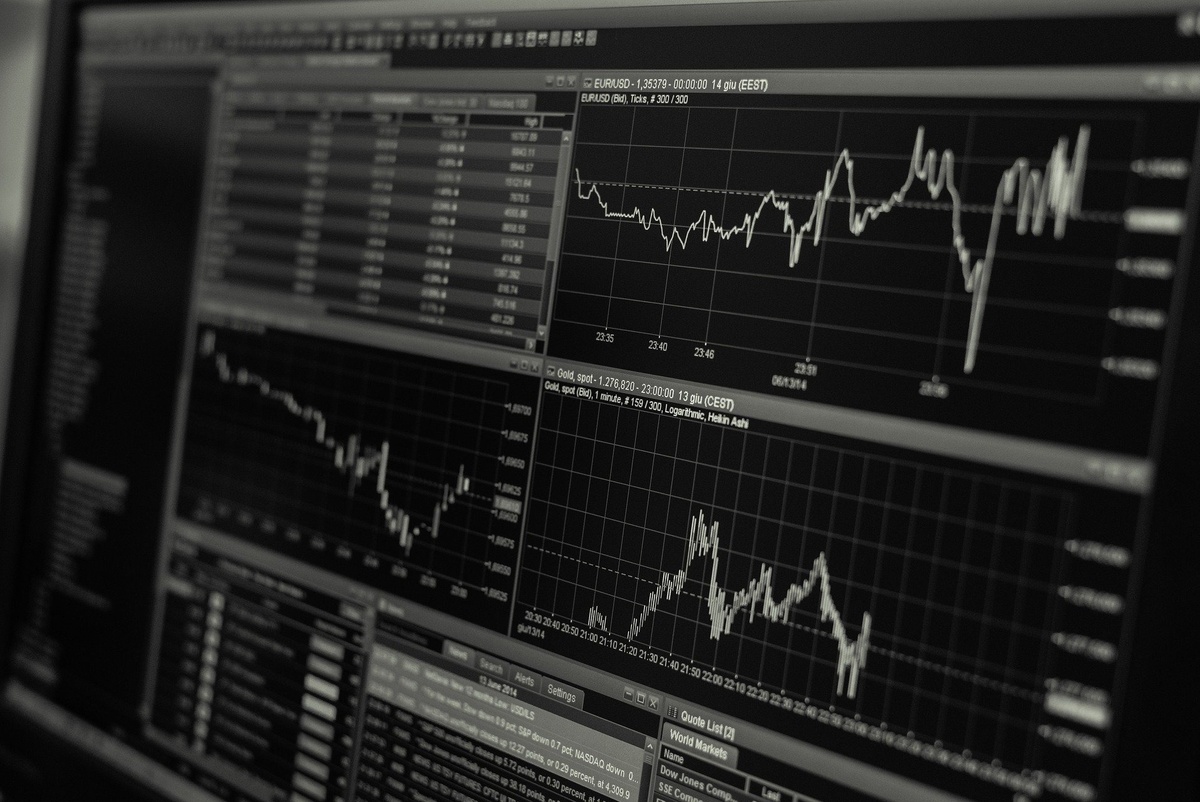If you’re trying to get an inside edge on Wall Street, you’re probably paying attention to an array of statistics and measurements. But there’s one indicator you might be overlooking or misreading. I’m talking about the price-to-earnings ratio. P/E ratio divides a company’s stock price by its earnings per share. You also can get a P/E ratio for a stock market index, like the Standard & Poor’s 500. On July 8, the predicted or “future” 12-month P/E ratio of the S&P 500 was 16.3, coming in below the five-year average of 18.6 but above the 20-year average of 15.5.1 Does this mean stocks are undervalued? Perhaps, based on the five-year average, but not so much according to the 20-year figure. Potato, potahto. One thing is clear: the P/E ratio tells us that stocks were more expensive late last year than they are today. However, a caveat is in order: Average P/E can be irrelevant due to the number of S&P stocks with no “E” (earnings). Throwing negative earnings companies into the mix means that the average may be disguising the fact that the “P/E” of profitable stocks is well above historic averages. Also, P/E may not be relevant when you look at stocks in different industries. For example, a lower P/E is appropriate for banks and insurance companies and usually much higher for retailers. In short, when comparing the P/E of a prospective purchase or sale, look at the “norm” for the sector or industry such as Energy, Utilities, Consumer Staples, Apparel, Tech, etc. Unless you are buying an ETF or an index-tracking Mutual Fund, statistical averages, whether P/E or any other statistic, should not be your primary determinate. Another statistic: The growth of the market in any given year is concentrated in less than 15 positive days' advances. One of my favorite sayings is, “Time in the market beats timing the market.” Keep following your established strategy and try not to overthink current events. | |
|

What Story Is the P/E Telling?
August 04, 2022

